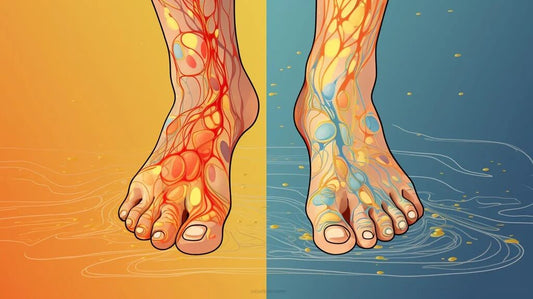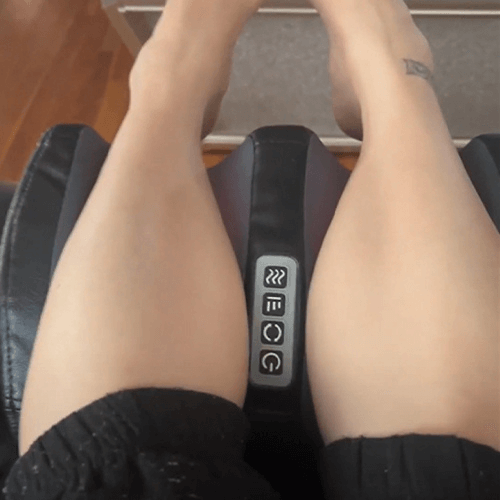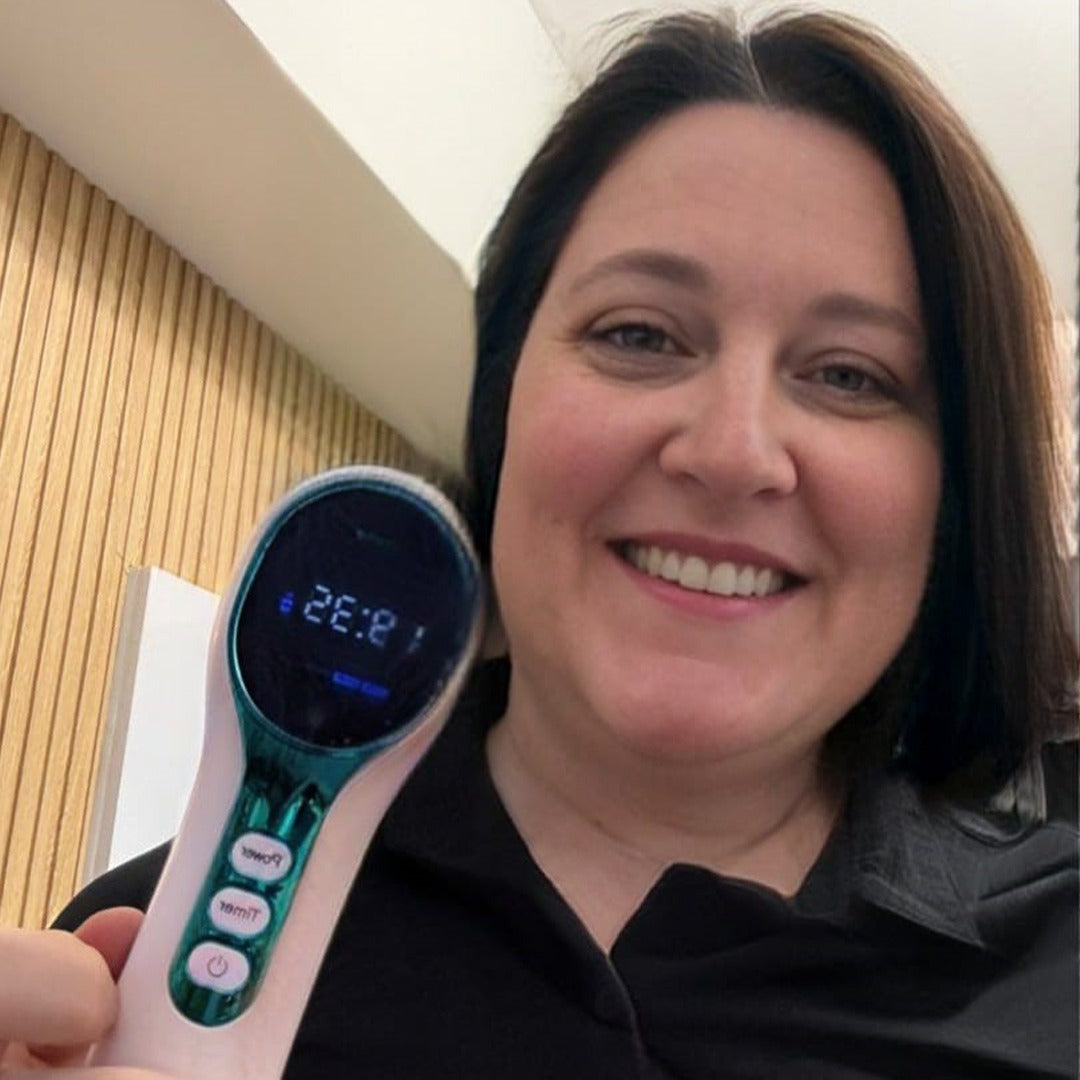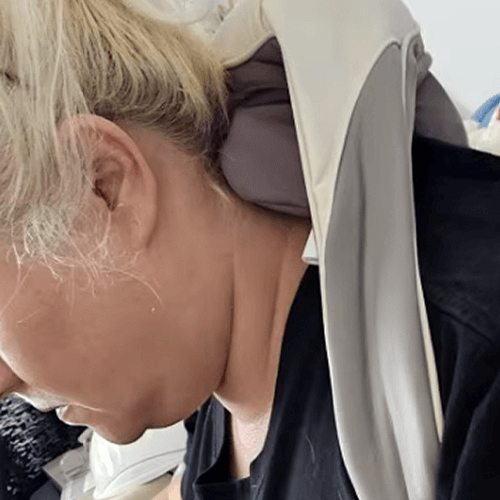Staying active with neuropathy can feel challenging—but it's not only possible, it's beneficial.
Regular movement can help manage symptoms like pain, numbness, and balance issues, while boosting your overall health and quality of life.
Below, we break down why movement matters and offer 10 practical tips to help you stay active safely and consistently.
What is Neuropathy?
Peripheral neuropathy occurs when nerves outside the brain and spinal cord are damaged, leading to symptoms such as tingling, numbness, muscle weakness, and pain, often in the hands and feet.
Common causes include diabetes, chemotherapy, autoimmune conditions, and infections.
While neuropathy symptoms can vary, staying physically active is one of the best ways to support nerve health, circulation, and mental well-being.

How Movement Helps with Neuropathy
Regular physical activity can:
-
Increase blood flow to peripheral nerves
-
Improve muscle strength and coordination
-
Reduce pain and fatigue
-
Support balance and lower fall risk
-
Boost mood and cognitive function
Even small amounts of consistent movement can create noticeable improvements over time.

10 Tips to Stay Active (Without Making It Overwhelming)
1. Start with What You Can Do
You don’t need to jump into hour-long workouts.
Start with activities that feel manageable, even if it’s just a few minutes of movement.
This could be a short walk around your home, seated leg lifts, or light stretches.
Gradually increase the time, intensity, or type of movement as your confidence and comfort improve.
This gradual build-up, called progressive overload, helps you stay safe and avoid overexertion.
2. Prioritize Low-Impact Activities
Low-impact exercises are easier on sensitive nerves and joints.
They promote circulation without putting too much strain on the body.
Swimming, water aerobics, stationary biking, and gentle yoga are excellent choices.
Water-based activities, in particular, can be especially soothing as the water supports your body weight, reducing pressure on your limbs and helping with balance.
3. Embrace Chair Exercises
If standing for long periods is difficult, don’t skip movement altogether.
Chair exercises offer a practical solution that builds strength and mobility while you stay seated.
You can try seated marches, overhead reaches, resistance band pulls, or even modified cardio routines from a sturdy chair.
These movements still engage muscles and boost blood flow without overloading your body.

4. Make Balance Training a Habit
Neuropathy often affects proprioception—your body’s sense of position—which can increase the risk of falling.
Including balance-focused movements helps strengthen stabilizing muscles and improve coordination.
Practice simple exercises like standing on one leg while holding a counter, heel-to-toe walking, or using a balance pad.
Mind-body activities like Tai Chi and yoga are also highly effective.
Read this next blog to learn about 5 balance-boosting exercises you can do at home.
5. Use Supportive Footwear
The right shoes can significantly reduce discomfort and injury risk.
Look for cushioned, well-fitting shoes with non-slip soles and enough room in the toe box to prevent pressure or rubbing.
Custom orthotics may help distribute pressure evenly and provide better alignment.
6. Set a Realistic Schedule
A consistent routine builds momentum and results, even if the time commitment is small.
Instead of long workouts, try breaking your activity into short sessions spread throughout the day.
For example, aim for three 10-minute sessions: one after breakfast, one in the afternoon, and one before dinner.
Even this level of activity can contribute to reduced symptoms and better mood.
7. Tune into Your Body's Signals
Living with neuropathy means your energy and symptoms might vary day to day.
It’s essential to honor those fluctuations without guilt.
Pushing through pain can backfire, so let your body guide you.
If you're fatigued, swap a cardio workout for a stretching session or a walk in the fresh air.
Listening to your body builds trust and keeps you from burnout or injury.
8. Focus on Flexibility and Stretching
Tight muscles can worsen nerve pain and reduce mobility.
Gentle daily stretching keeps joints limber, improves circulation, and relieves tension.
Try stretching your calves, hamstrings, and back every morning or before bed.
Adding yoga or guided mobility exercises can enhance your range of motion and reduce stiffness over time.
Many people use compression massagers to keep their muscles loose while they just sit back and relax.
9. Get Social with Your Movement
Movement is more enjoyable—and sustainable—when it’s social.
Connecting with others can boost your motivation, provide accountability, and even reduce stress.
Consider joining a class for people with chronic conditions, walking with a friend, or following a virtual fitness group.
Having someone to share the journey with can make it more fun and less daunting.

10. Celebrate Small Wins
Progress doesn’t always mean lifting heavier or walking farther.
Sometimes it means showing up, choosing to stretch instead of staying still, or simply feeling better in your body.
Keep a simple log or journal to track your wins—no matter how small.
Recognizing these moments builds a positive feedback loop that keeps you engaged and empowered.
Key Takeaways
- You don't need a perfect workout to benefit, you just need to start.
- Choose activities that suit your body and energy level.
- Focus on safe, enjoyable movement that supports nerve and muscle health.
- Staying active with neuropathy is about building a routine that works for you—one step, stretch, or stride at a time.








